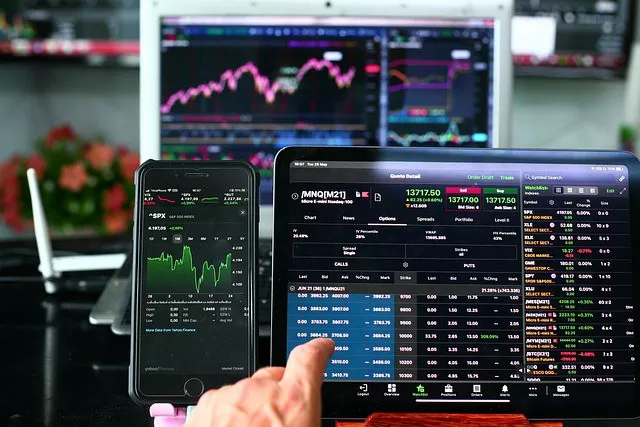Silver, a precious metal with diverse applications and historical significance, has recently experienced a downward trend in its prices. The reasons behind this decline are multifaceted and require a comprehensive analysis. In this article, we delve into several key factors that have influenced the downward trajectory of silver prices, exploring their implications for the market and providing a broader context for investors and enthusiasts.
-
Global Economic Recovery:
One of the primary factors affecting silver prices is the ongoing global economic recovery. As economies bounce back from the effects of the COVID-19 pandemic, investor sentiment has shifted towards riskier assets like equities. This increased risk appetite has diverted funds away from traditional safe-haven assets, including silver. When investors seek higher returns in a recovering economy, they often reduce their exposure to precious metals, leading to downward pressure on silver prices.
Furthermore, as economies regain strength, central banks may consider tightening their monetary policies by raising interest rates. Higher interest rates can make alternative investments more attractive than holding non-yielding assets like silver, resulting in reduced demand and subsequent price declines.
-
Strengthening US Dollar:
The value of silver is closely tied to the performance of the US dollar. A stronger dollar makes commodities, including silver, more expensive for holders of other currencies, thereby dampening demand and resulting in lower prices. Several factors have contributed to the appreciation of the US dollar, such as positive economic indicators, higher interest rates compared to other countries, and the Federal Reserve’s monetary policy decisions. These factors collectively have made the US dollar more attractive to investors, putting downward pressure on silver prices.
-
Reduced Industrial Demand:
Silver’s industrial applications span various sectors, including electronics, solar energy, healthcare, and more. However, a combination of factors has led to a decline in industrial demand for silver, impacting its price. The pandemic-induced disruptions in global supply chains have resulted in decreased industrial activities, reducing the need for silver in manufacturing processes. Moreover, technological advancements have led to the development of alternative materials and methods, leading to the substitution of silver in various applications, further reducing demand.
In the solar energy sector, for instance, advancements in photovoltaic technologies have allowed for the use of less silver in solar panels without compromising efficiency. Similarly, in the electronics industry, alternative materials are being explored to replace silver in various components, thus affecting the demand for the metal.
-
Speculative Trading:
Speculative trading in the commodities market can contribute to significant price fluctuations. Silver, being a highly liquid and tradable asset, is not immune to such market dynamics. Speculators, including hedge funds and institutional investors, often employ short-term trading strategies based on market sentiment, technical indicators, or macroeconomic factors. Their actions can magnify price movements, exacerbating the downward pressure on silver during periods of market uncertainty or bearish sentiment.
-
ETF Outflows:
Exchange-traded funds (ETFs) have gained popularity as investment vehicles for gaining exposure to silver and other commodities. However, in recent months, silver ETFs have experienced notable outflows, influencing the decline in silver prices. Investor sentiment and market perceptions regarding the future direction of silver prices have played a role in these outflows. When investors anticipate further price declines or identify better investment opportunities elsewhere, they may reallocate their assets, leading to reduced demand for silver and subsequent price declines.
Conclusion:
The decline in silver prices is a result of a combination of factors, including the global economic recovery, a strengthening US dollar, reduced industrial demand, speculative trading, and ETF outflows. Understanding these factors and their interplay is crucial for investors and market participants seeking to navigate the silver market.
It is important to note that commodity markets are inherently volatile, and silver prices can be influenced by unpredictable events and changing market dynamics. Monitoring economic indicators, geopolitical developments, and shifts in industrial demand will aid in gauging the future trajectory of silver prices. Furthermore, conducting thorough research, diversifying portfolios, and seeking professional advice can help investors mitigate risks and make informed decisions in an ever-evolving market environment.


